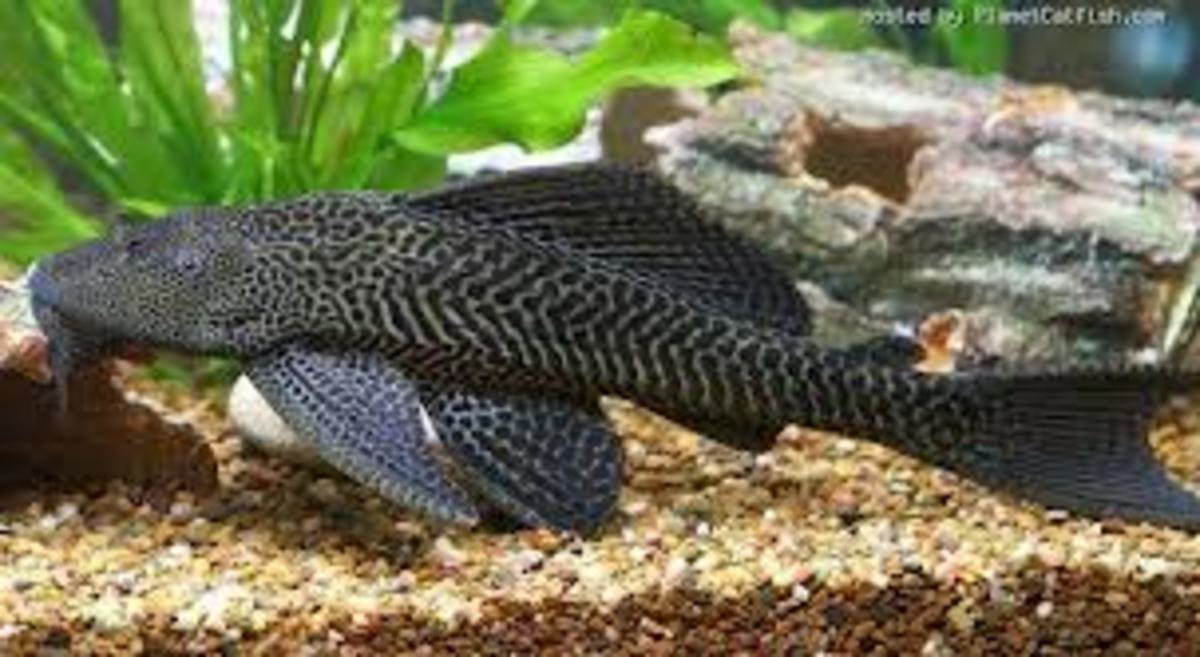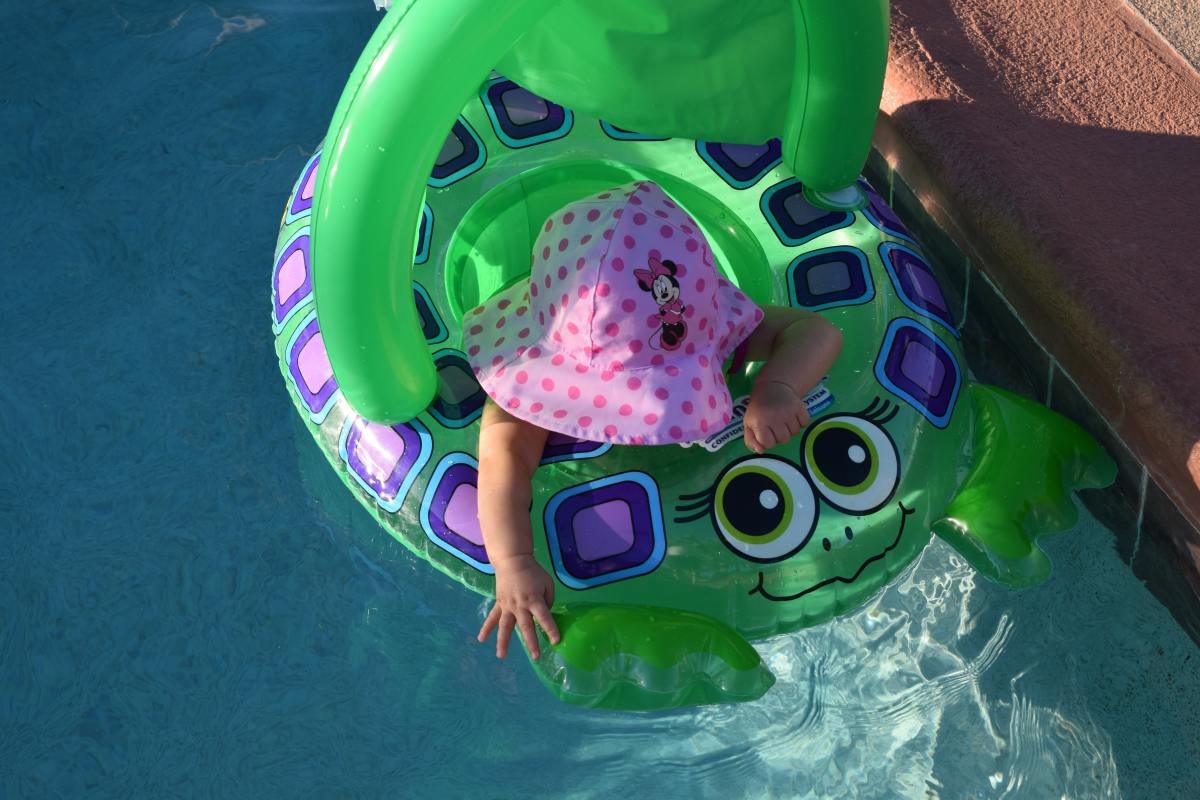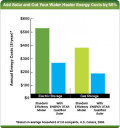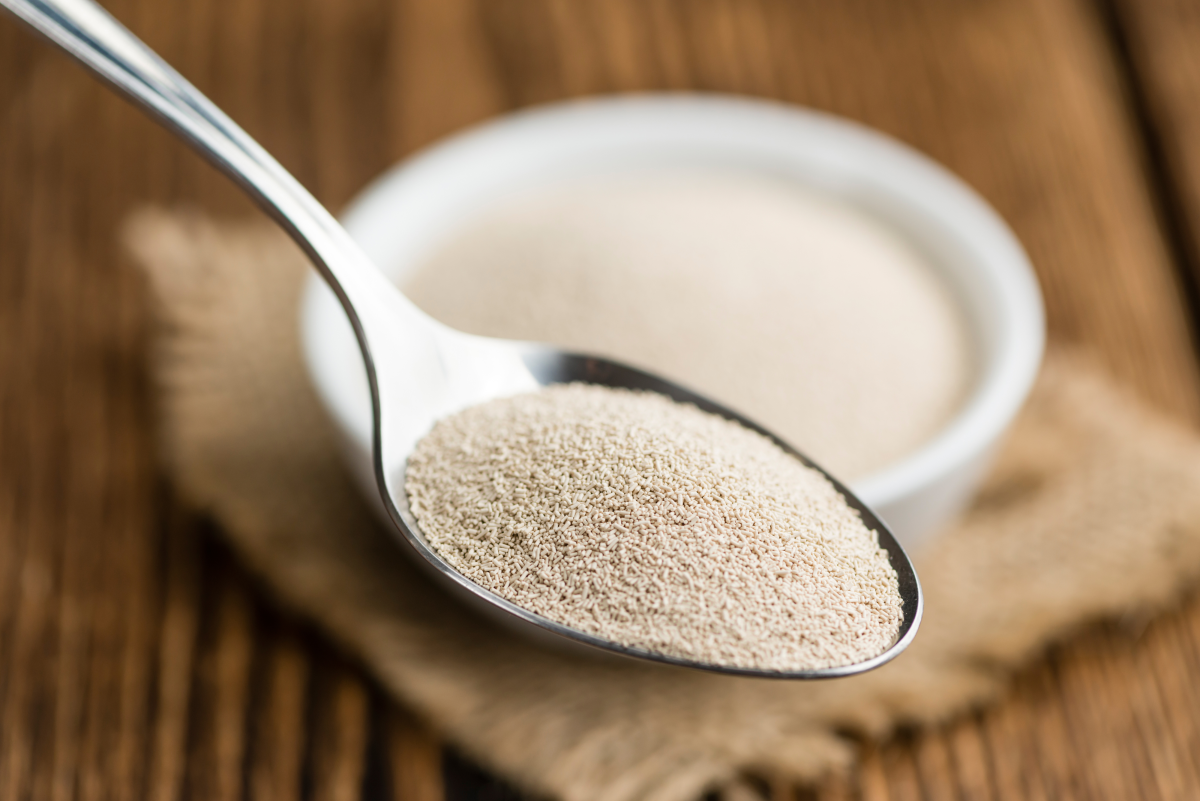How to Maintain Underwater Cameras
Required: constant maintenance
Underwater camera equipment requires constant maintenance. Refer to your equipment manual for basic maintenance suggested by the manufacturer.
If you don't maintain your camera and housing and check for leaks, you may lose not just your camera, but all your images stored there as well. Be sure to take a little time for this very important task. Before you dive with your camera for the first time, check for leaks by sealing the camera in the housing, putting the housing in fresh water, and watching for bubbles or traces of water in the housing.
Pre Dive Set-up: 5 simple steps
Here are 5 simple steps to prepare your camera case before a dive:
Remove the O-ring
Gently remove the O-ring from its groove in the case. To lift the O-ring, you should use your fingers or a blunt object such as a credit card. Lift first in one spot, and then gently pull the O-ring completely out of its groove. Ensure you do not scratch or nick the O-ring or its groove.Inspect the O-ring
Hold one section of the O-ring between the tips of two fingers—be very careful not to stretch or pull it. Slide the tips of two fingers from your other hand along the entire surface to feel for any damage to the O-ring or any particles that may be stuck to it and remove them. If necessary, repeat this process over the entire O-ring. A single strand of hair or grain of sand caught between the seal and its contact surfaces may cause a leak. You can also clean it (not every time) in lukewarm soapy water. Clean groove with a cotton swab and wipe the sealing surface with a soft linen-free cloth.Lubricate O-ring with Silicon Grease
When you are certain the O-ring is completely clean, apply a small water-tight silicon grease (droplet) to a clean finger and spread it evenly along the full length of the O-ring using the same careful handling you used in Step 2. There should be no residual grease on the O-ring. Whenever indicated by manufacturer, follow Manufacturer’s instructions and guidelines.Re-Insert the O-ring
After you have applied the silicon grease, carefully re-insert the O-ring back into its groove in the waterproof case. Check it again to be sure that no particles or debris are stuck to the O-ring. To check, run your finger on top one last time before closing the case preferably while you are in an air-conditioned cabin.Test for Water Tightness
It is critical that you perform a submersion test before diving. Before the dive, submerge the empty case in a tank of fresh water. Check for leaks. Repeat this test with the camera loaded in the case and check for leaks again. Turn your camera on to check all functions operate correctly. Also take a test photo to confirm proper operation. Only after these tests have been successfully completed, your waterproof setup is ready for a dive. Make sure you turn the camera off again until the dive. Needless to say that the camera’s battery should be charged and the memory card emptied.

Handling your system : in AND out of the water
Keep your camera system out of direct sunlight as much as possible to avoid overheating and condensation inside the housing. The best option, if possible, is to keep your camera system in a fresh water container on the way out to the dive site and between dives. If this is not possible keep your camera in the shade or wrapped in a damp towel.
When diving from a boat, it is better to enter the water without the camera and have someone hand it over to you. The same principle applies when exiting the water, hand the camera to someone before getting back on board. Furthermore, when someone takes the camera from you, make sure they do not place the housing with the lens port facing down. This reduces the possibility of accidental damage. This practice is especially dangerous for super wide-angle lenses since the dome port generally protrudes beyond the rim of the lens. They are easily scratched and expensive to repair. Another good practice is to keep your lens/port cover on as a precaution to avoid scratches or damage during handling.
If you must hold your camera while you enter the water, hold it high above your head during a giant stride to minimise water impact, then lower your camera into the water cautiously and check for leaks. During a back roll entry, hold the camera close to your chest to protect it.
Use a lanyard/ wrist strap or clip the camera to your BCD to secure it. This also allows you to let go off it if needed without losing it.
After dive clean-up and breakdown
Just as you prepared your case to go into the water before the dive, you must clean it and prepare it for storage after the dive. This after dive maintenance is essential to preserving the watertight seal on your waterproof case
As soon as possible at the end of each day’s dive, soak the case in fresh water (preferably lukewarm) and operate all moving parts. This removes the sand and salt that accumulates around the inner parts. Move all buttons and dials repeatedly—except for the lid buckle.
If sand has penetrated the case, grasp the case with the buttons pointing downward and gently swish it in fresh water. It may be easier to rinse away sand with a steady stream of water.
Do not open the case while it is wet.
Dry the case thoroughly before opening. Use a clean soft towel and be careful of any salt residue that may scratch the case.
Other great all round guidelines
- Never leave your camera in direct sunlight
- Keep and service equipment inside an air-conditioned room if available
- Buy a neoprene protective cover for your lens. Take it with you on the dive, and replace it before you get back into the boat
- Try and limit opening and closing your case. Never leave your case open facing up because dust can settle in.
- When travelling with the underwater case, make sure it is not closed and the O-ring removed. Altitude pressure changes while flying can damage the O-ring, thus it is better to keep the case unlocked.
- When you return home from your dive trip, soak the case once again in lukewarm fresh water for an extended period of time. Salt water can penetrate the smaller crevices in the case and may only dissolve after a lengthy soaking. Check to make sure that no salt or sand is lodged in the buttons. If sand gets lodged in the buttons, do not use the case again until it is properly serviced at an authorised service outlet.
- Just like in diving, always bring a small toolkit, and spare parts, on your trip.
- To ensure that the waterproof case remains waterproof, have your equipment serviced by a professional service outlet at least once a year and according to the manufacturer's guidelines. Also, reputable service outlets will pressure test the camera after servicing.
- And again; always follow manufacturer's instructions and guidelines regarding maintenance and care.









